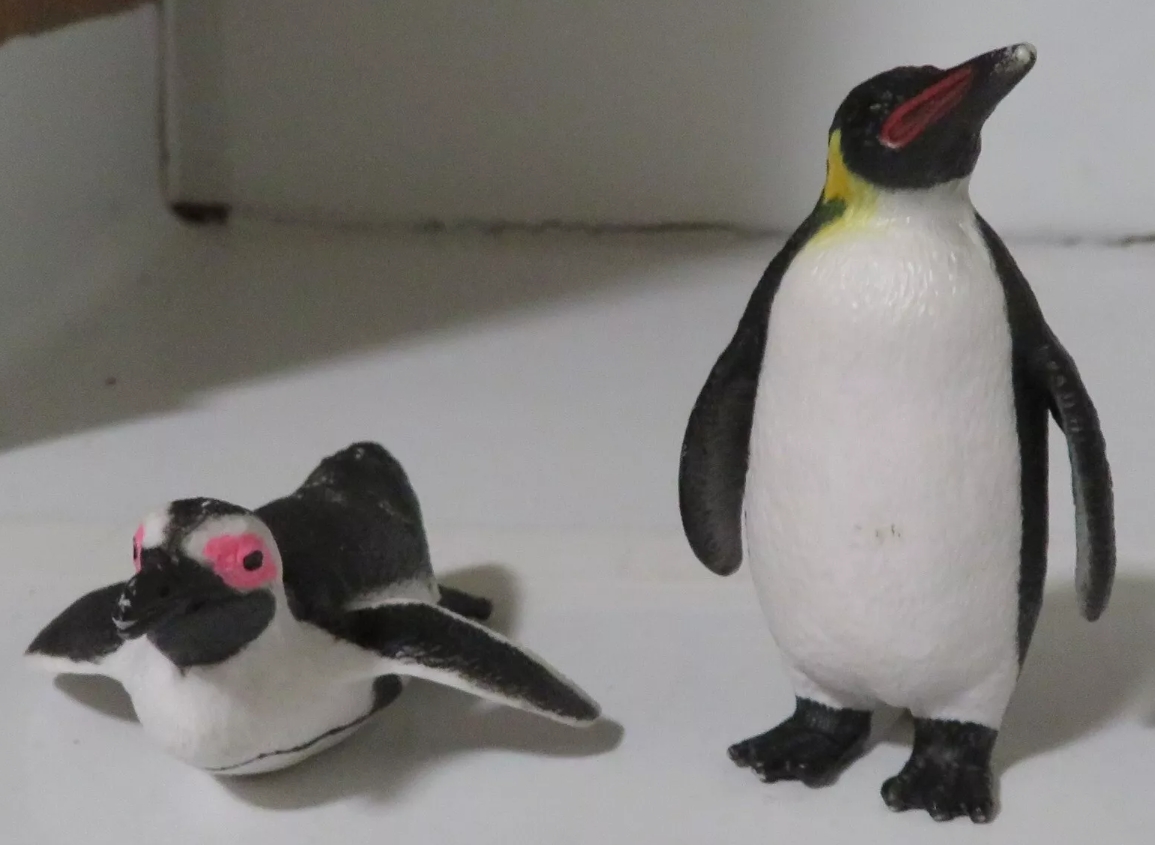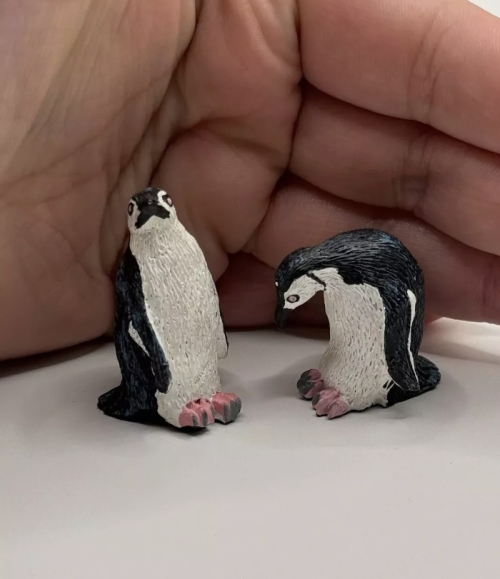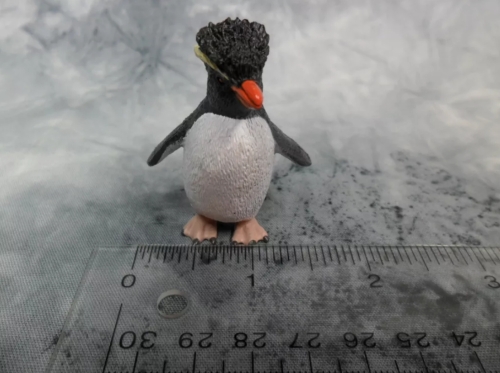The Penguin model is a simulation tool used to study penguin populations and their ecological behavior. Such models play an important role in ecology and environmental science, helping scientists understand penguin growth, reproduction, migration and their interactions with the environment. The penguin model combines biology, climatology and mathematical simulation techniques to reveal the dynamics of penguin populations under different environmental conditions.
Penguin models typically include several core components: a growth model, a reproduction model, a behavior model, and an environmental impact model. Growth models describe the growth of penguins from hatching to adulthood, helping scientists understand how fast penguins grow and how their size changes. The breeding model focuses on the reproductive behavior of penguins, including pairing, nesting and brooding. This model can predict the effects of different breeding strategies on population growth.
Behavioral models study the penguins' daily activity patterns, such as foraging, social behavior, and migration paths. These behavioral patterns have important implications for penguin survival and reproduction, so accurate simulations can help scientists understand how penguins adjust their behavior under different environmental conditions.Environmental impact models assess the potential impacts of climate change, changes in food resources and habitat destruction on penguin populations. For example, changes in sea ice cover may affect penguins' foraging ability and reproductive success.
By combining these models, scientists can predict how penguin populations will change under future environmental conditions.These predictions are critical to conservation efforts as they help develop effective management and conservation strategies that promote sustainable penguin populations.
















